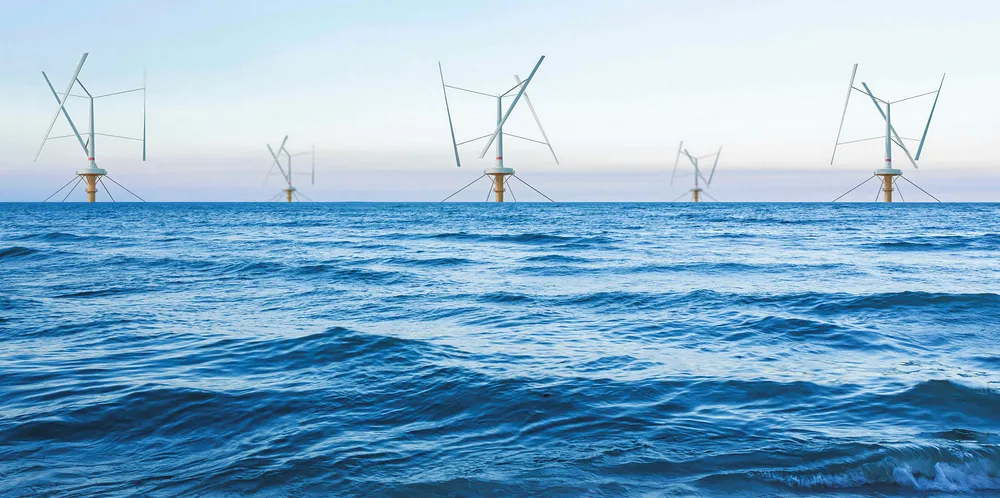Floating wind could best bottom-fixed by 2026 in market ‘in flux’
Build-out by 2030 could range from 12-19GW due to likely auction and government-support uncertainty: Rethink

Build-out by 2030 could range from 12-19GW due to likely auction and government-support uncertainty: Rethink
